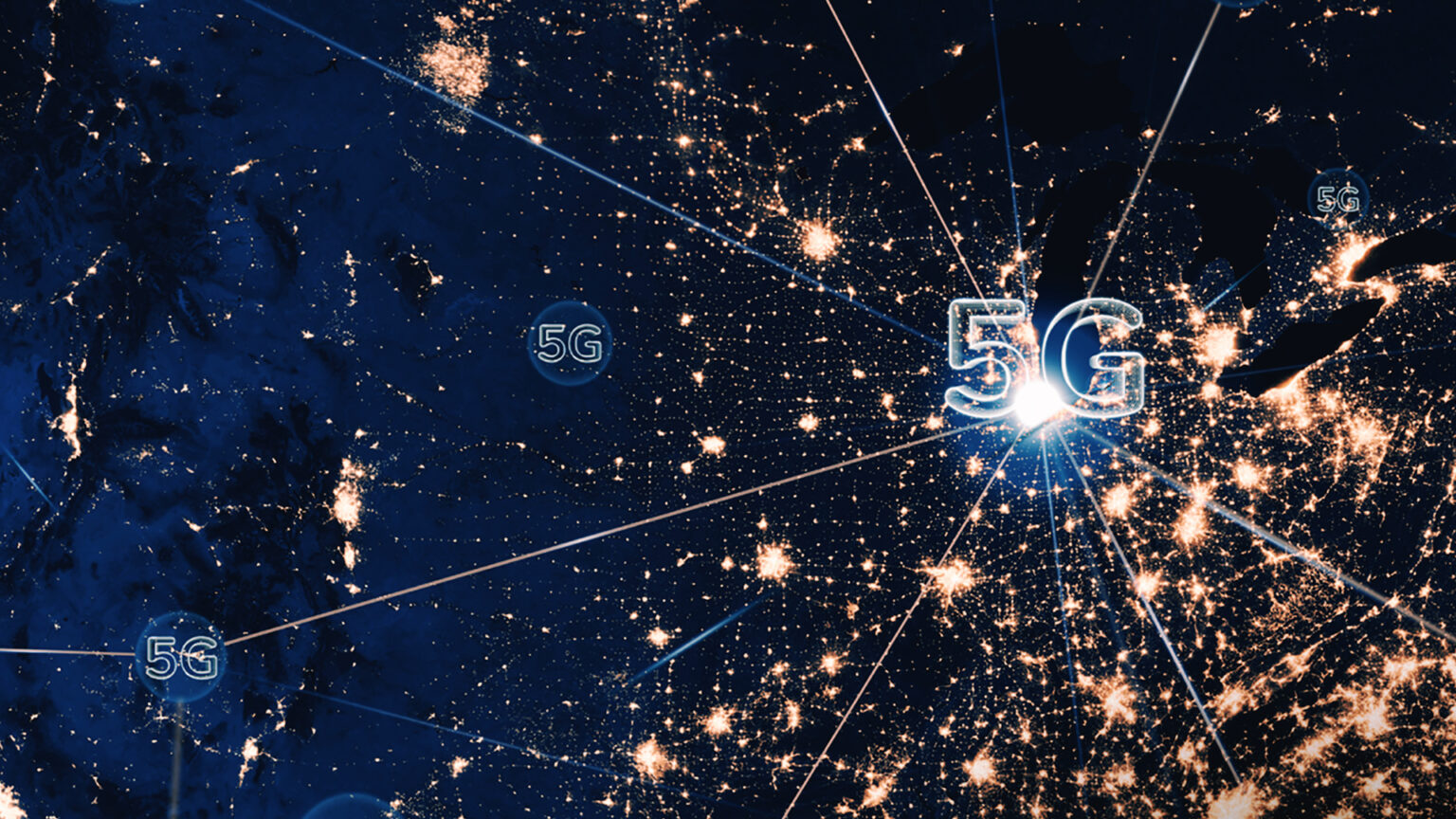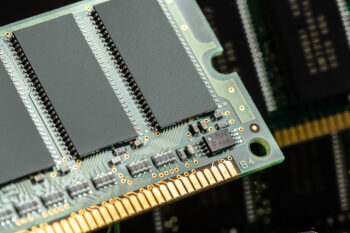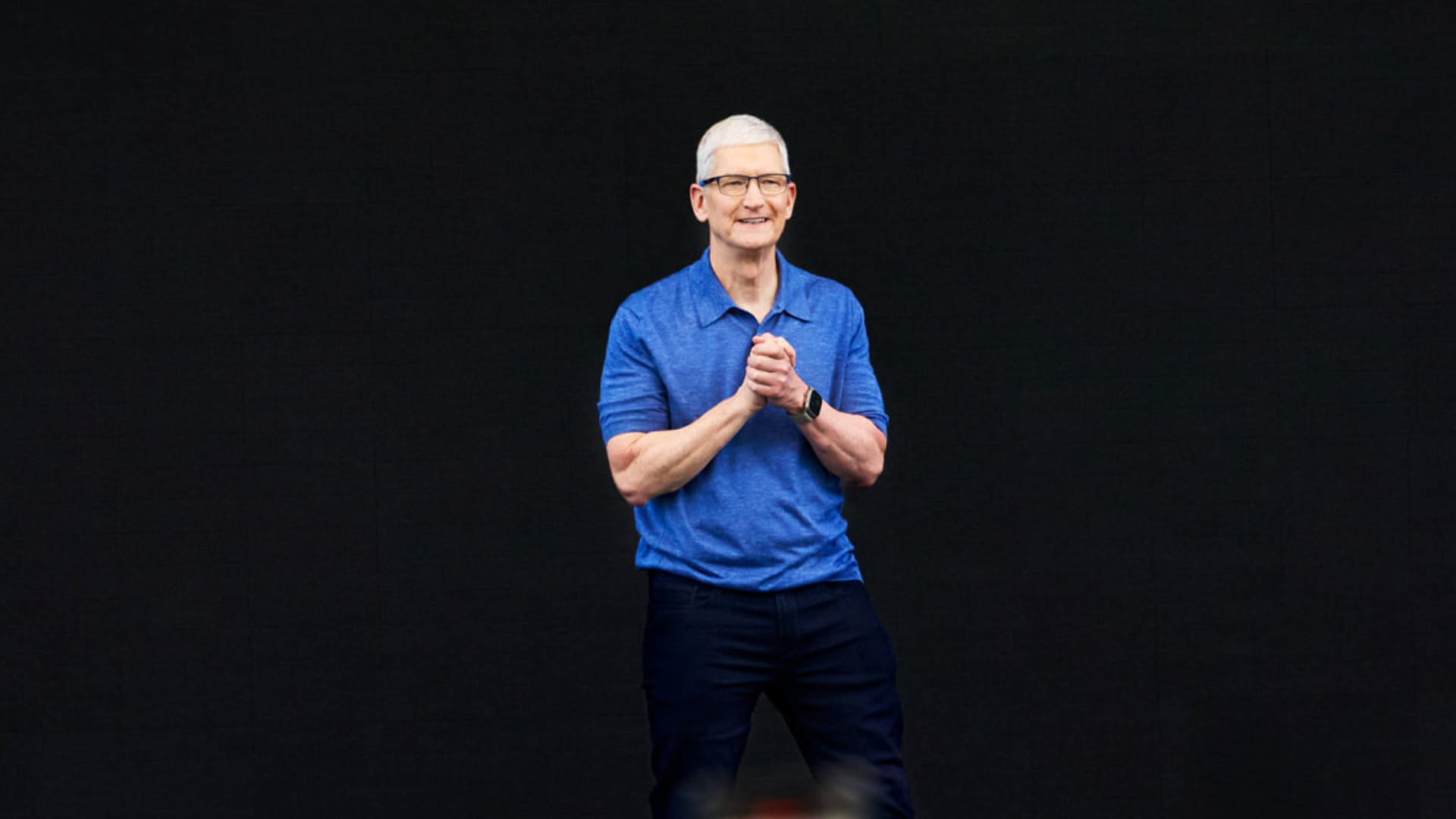While global deployments of 5G networks are still gaining momentum, engineers and technology visionaries are already plotting the horizon of the next decade. The discussion about 6G, which is expected to be commercialised around 2030, is too often reduced to a simple question of speed. This is a mistake of perspective. The real revolution that the sixth generation of mobile connectivity will bring lies not in another row of zeros added to bandwidth, but in a fundamental paradigm shift: a move from a network that connects to a network that thinks, feels and perceives. We are entering the era of cognitive infrastructure, where the boundary between the physical and digital worlds will become unprecedentedly blurred.
The most important and defining feature of the 6G architecture will be its ‘nativeness’ for artificial intelligence (AI-Native). In a 5G network, AI is an intelligent but nevertheless external tool, used to optimise existing processes. In 6G, AI will become the core of the system, embedded in every layer and every element from the very beginning. Such a network will be capable of autonomous resource management, failure prediction and dynamic reconfiguration in real time, responding to changing conditions with almost organic fluidity. It is this leap from automation to true autonomy that is at the heart of the coming transformation. The network will cease to be merely a passive conduit for data and will become an active, intelligent participant in the processes it supports.
This cognitive revolution would not be possible without the synergy of several disruptive technologies. To achieve the terabit-per-second speeds needed to power the applications of the future, 6G will reach for new, extremely wide frequency bands in the terahertz (THz) range. While these waves offer gigantic highways for data, their short range and sensitivity to physical obstacles will force the construction of a much denser infrastructure. This is where another innovation comes to the rescue: reconfigurable intelligent surfaces (RIS). These are almost passive, programmable ‘mirrors’ for radio waves that can be placed on the walls of buildings or indoors. Instead of passively reflecting the signal, RIS actively and intelligently control it, directing it precisely towards the receiver, avoiding obstacles and eliminating dead zones of coverage. In this way, we stop treating the radio environment as an immutable challenge and start actively shaping it.
The most futuristic piece of this puzzle, however, is Integrated Communications and Sensing (ISAC). In this paradigm, a radio signal is used to simultaneously transmit data and scan the environment, like radar. The 6G network will gain senses – it will be able to ‘see’ objects, track their movement and create a precise, 3D map of the environment in real time, even for objects not connected to the network. It is ISAC that will provide ubiquitous artificial intelligence with the data needed to understand the physical world, closing the loop between perception, analysis and action.
The combination of these technologies will open the door to applications that today seem the domain of science fiction. Holographic communication will cease to be a gadget from the movies, becoming a realistic tool for work and social interaction. This requires extremely high bandwidth and microsecond-level latency to make interaction with a 3D avatar natural and lag-free. Going forward, 6G will usher in the era of the Internet of Senses, where the transmission of tactile experiences will be possible, revolutionising remote medicine or education. The ability to support millions of devices per square kilometre will allow the creation of digital twins – virtual, real-time replicas of factories and even entire cities, enabling simulation and optimisation on an unprecedented scale.
However, the road to this vision is fraught with challenges. The gigantic costs of building dense new infrastructure, the need for global harmonisation of THz spectrum, and fundamental questions about security and privacy in a world where the network can not only hear us but see us, to name just a few. There is also a real risk of a widening global digital divide if access to these revolutionary capabilities is limited to the richest regions. It is therefore crucial that, from the very beginning of work on the 6G standard, issues such as sustainability, energy efficiency and inclusivity are treated as core design principles, not as add-ons.
To view 6G solely through the prism of speed is to underestimate the scale of the changes to come. We are entering an era in which the telecommunications network will evolve into the global nervous system of a digital society – a platform that not only connects, but understands context and interacts with the physical world. It is a vision that carries great potential, but also a great responsibility to use this powerful technology wisely, ethically and in a way that serves everyone.












